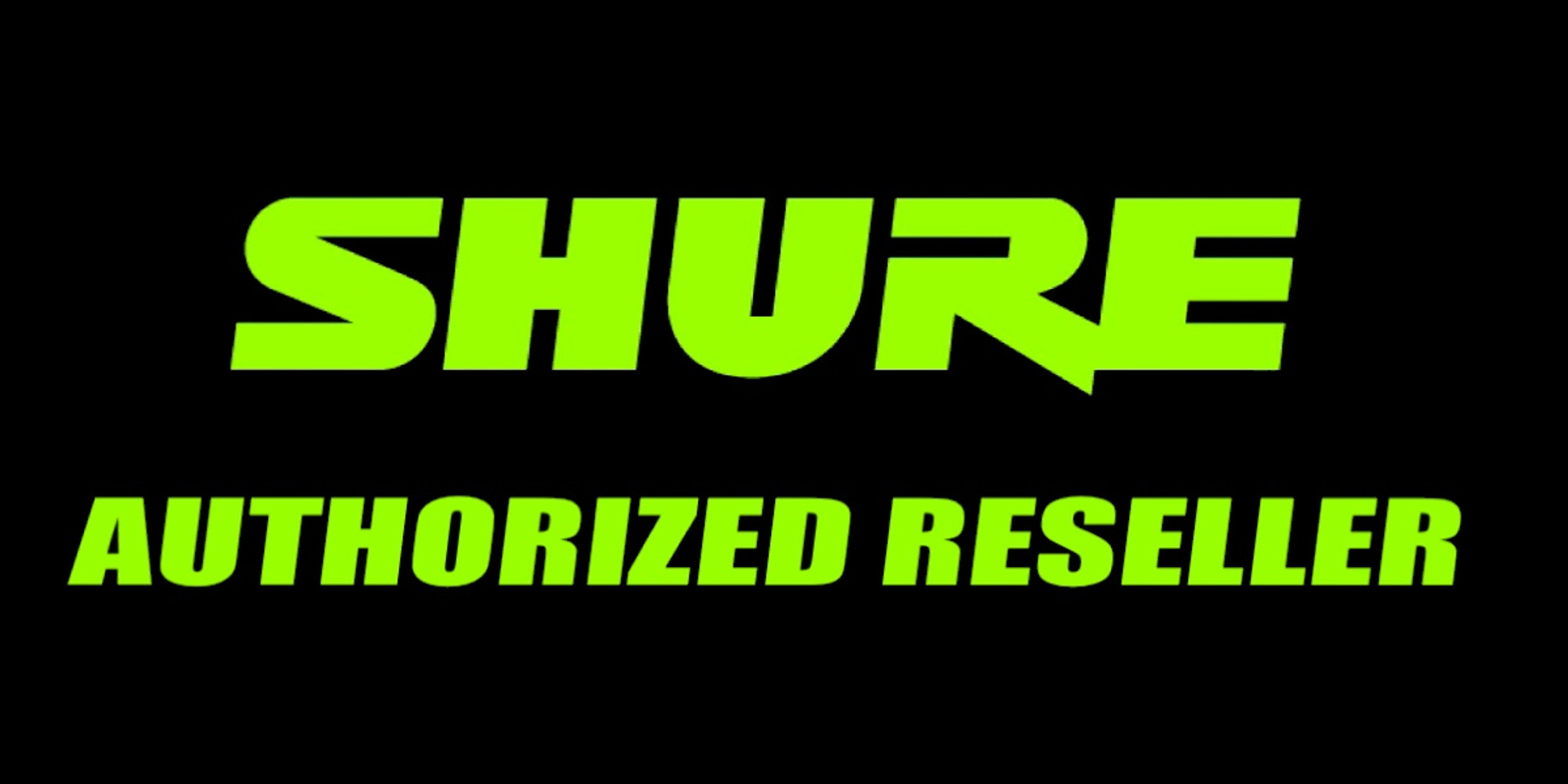10 Ways to Ensure Secure Communications: Best Video Conferencing Security Practices
In the digital age, where remote work and global collaborations have become commonplace, the significance of secure communications can't be overstated. Video conferencing, a vital cog in the wheel of modern-day business operations, is no exception to this rule. Ensuring secure communications while using video conferencing platforms is paramount to maintain confidentiality, integrity, and availability of sensitive information. Here, we delve into the best practices that can help businesses achieve a high level of security in their video conferencing endeavors.
- Utilize End-to-End Encryption: End-to-End Encryption (E2EE) ensures that the data exchanged during a video conference is only accessible to the communicating parties and remains incomprehensible to any third-party, including the service providers.
- Employ Strong Authentication Measures: Implementing robust authentication measures like two-factor authentication (2FA) or multi-factor authentication (MFA) can significantly bolster the security by ensuring that only authorized individuals have access to the video conferencing platforms.
- Regularly Update and Patch Systems: Software developers often release updates and patches to fix vulnerabilities. Ensuring that your video conferencing software and other system software are up-to-date is crucial to securing your communications.
- Educate Users on Security Best Practices: A well-informed user is a strong line of defense against security threats. Providing training on recognizing phishing attempts, using strong passwords, and adhering to company security policies can go a long way in enhancing security.
- Manage User Permissions Effectively: Not every user needs access to all features and data. Implementing a principle of least privilege (PoLP) can help minimize the risk of accidental or intentional data mishandling.
- Use Secure Networks: Advise users to avoid using public Wi-Fi networks for video conferencing, as these networks are often less secure and more susceptible to eavesdropping.
- Choose a Reputable Video Conferencing Platform: Opting for a reputable and proven video conferencing platform that complies with industry security standards is fundamental. Look for platforms that have a strong track record of security and privacy.
- Regularly Review and Monitor Access Controls: Continuous review and monitoring of access controls can help in identifying and rectifying any unauthorized access promptly.
- Enable Waiting Rooms and Lock Meetings: Features like waiting rooms and the ability to lock meetings once all expected participants have joined, add an extra layer of security by controlling who can join the video conference.
- Have a Clear Security Policy: Having a clear and well-communicated security policy regarding the use of video conferencing tools can help in ensuring that all users are on the same page when it comes to security expectations.
By embracing these best practices, businesses can significantly enhance the security posture of their video conferencing environment, fostering a culture of secure communication which, in turn, propels business growth and integrity.
Recent Posts
-
-
VideoLink: Your Authorized Shure Reseller
VideoLink is proud to be your trusted Authorized Reseller of Shure products, serving a diverse clien …Apr 16th 2024 -
Product Spotlight: [REFRESHED] Mobile Video Conferencing Cart (Teams, Google Meet, Zoom, BYOD, and more) COMPLETE SOLUTION
Introducing the Next Generation of Mobile CollaborationDiscover the cutting-edge [REFRESHED] Mobile …Apr 5th 2024




![Product Spotlight: [REFRESHED] Mobile Video Conferencing Cart (Teams, Google Meet, Zoom, BYOD, and more) COMPLETE SOLUTION Product Spotlight: [REFRESHED] Mobile Video Conferencing Cart (Teams, Google Meet, Zoom, BYOD, and more) COMPLETE SOLUTION](https://cdn11.bigcommerce.com/s-tt1cdl8d7a/images/stencil/2001x1701/uploaded_images/refreshed-mobile-cart-complete-solution.jpg)